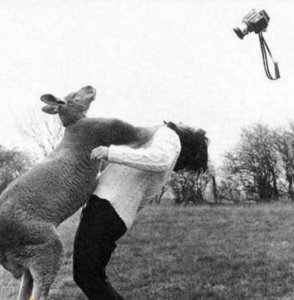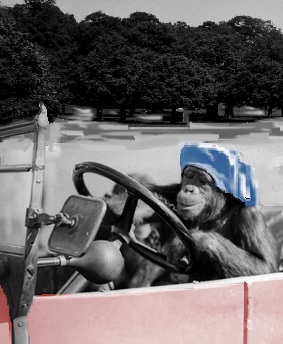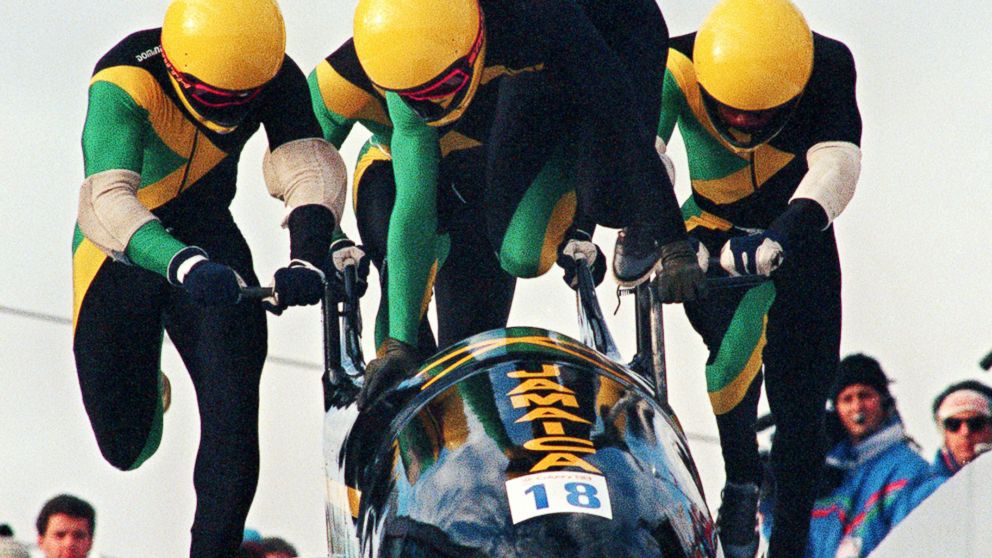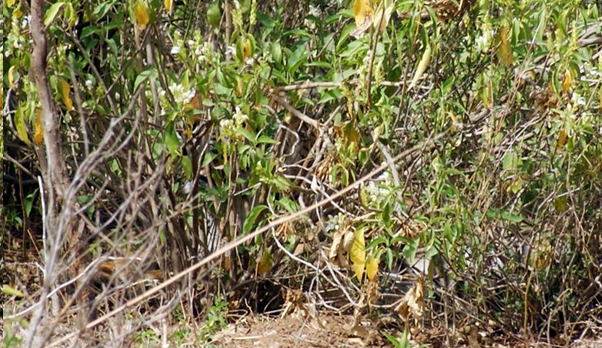An earlier version of this was first posted on 3rd June 2013
When we consider change in the workplace we should “see things as a human system: people, the work that we do, the interactions we have with each other, the physical environment that we create and use. These

This is great because as humans we have the privilege of choice; we can be proactive and make things happen.
The down side of this is that this situation is by its nature complex – other people might not feel the same as us and may put up barriers or counter-proposals.
As a consequence, to make things change, we need to encourage people to change – or at least the people who have an impact on outcomes (note: trying to change people who cannot affect change is a sure-fire route to getting unpopular AND will fail to have impact in any event – so don’t make people the problem).
To encourage people to change we need to change their thinking, how they value people, how they understand why results occur, how systems work (or don’t work), how to distinguish between ups and downs, between real improvements and one-off blips in performance.
Some people may have an epiphany and see new ways to operate, whilst other people may more gradually understand the need for a new perspective. Either way new thinking has to be embedded in our habits and ways of working and this usually takes practice.
This is consistent with Herrero’s (2006) suggestion that new behaviours are needed FIRST to support proposed changes in processes and systems.
Quoting his mentor Deming, Donald Wheeler tells us that “The [new] way of thinking – has to be cultivated. This will take both time and practice. There is no instant pudding. There is no shortcut.”
To effect change is to do it… and to keep doing it. To be the change … and sticking to it.
As Wheeler says “There’s nothing to it but to do it.”
Further Reading:
Herrero, L. (2006) Viral Change, meetingminds, UK.
Wheeler D.J. (2000) Understanding Variation: the Key to Managing Chaos, SPC Press, Knoxville, TE











 The idea of ‘culture change’ has been around at least since the 1970s.
The idea of ‘culture change’ has been around at least since the 1970s. It is a sporting theme again, inspired by the thrills of the Winter Olympics. Let’s hark back to the 1988 Calgary Games, memorable since British involvement started to impress outside the ice-rink. Eccentricities of Eddie ‘the Eagle’ Edwards, our first Olympic ski-jumper matched Martin Bell’s efforts in the men’s downhill. Even our bob-sledders were competitive.
It is a sporting theme again, inspired by the thrills of the Winter Olympics. Let’s hark back to the 1988 Calgary Games, memorable since British involvement started to impress outside the ice-rink. Eccentricities of Eddie ‘the Eagle’ Edwards, our first Olympic ski-jumper matched Martin Bell’s efforts in the men’s downhill. Even our bob-sledders were competitive.
